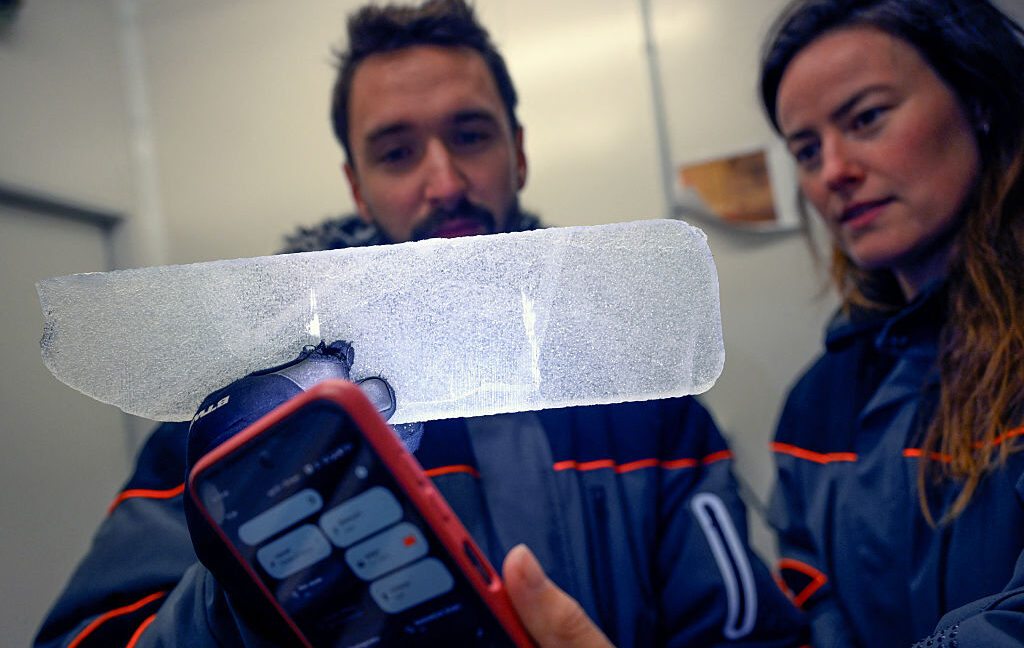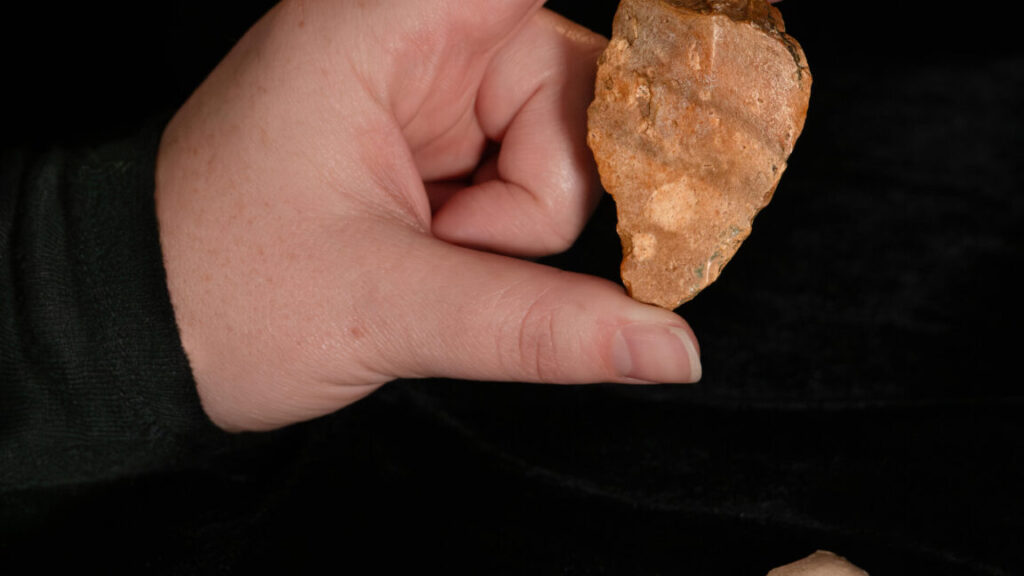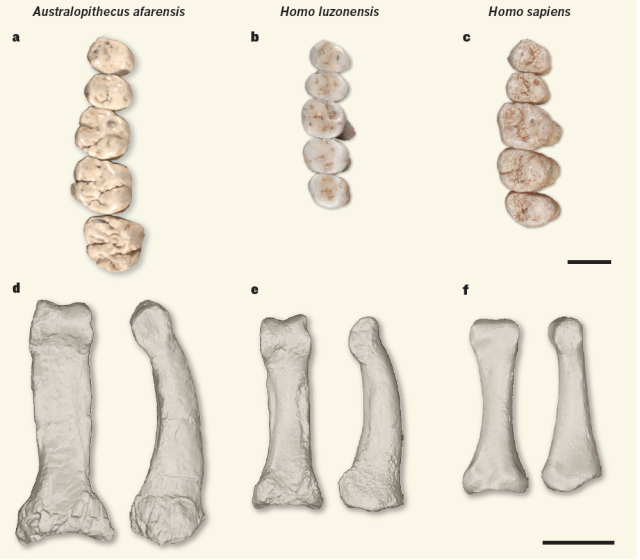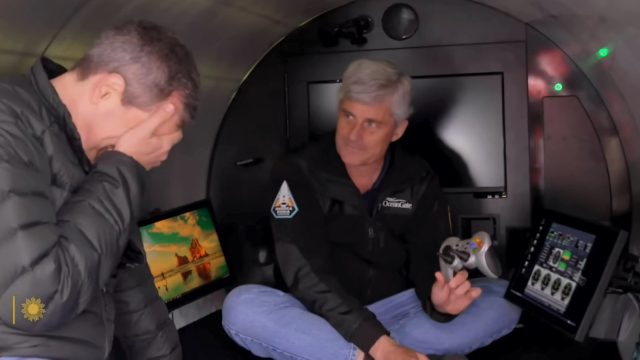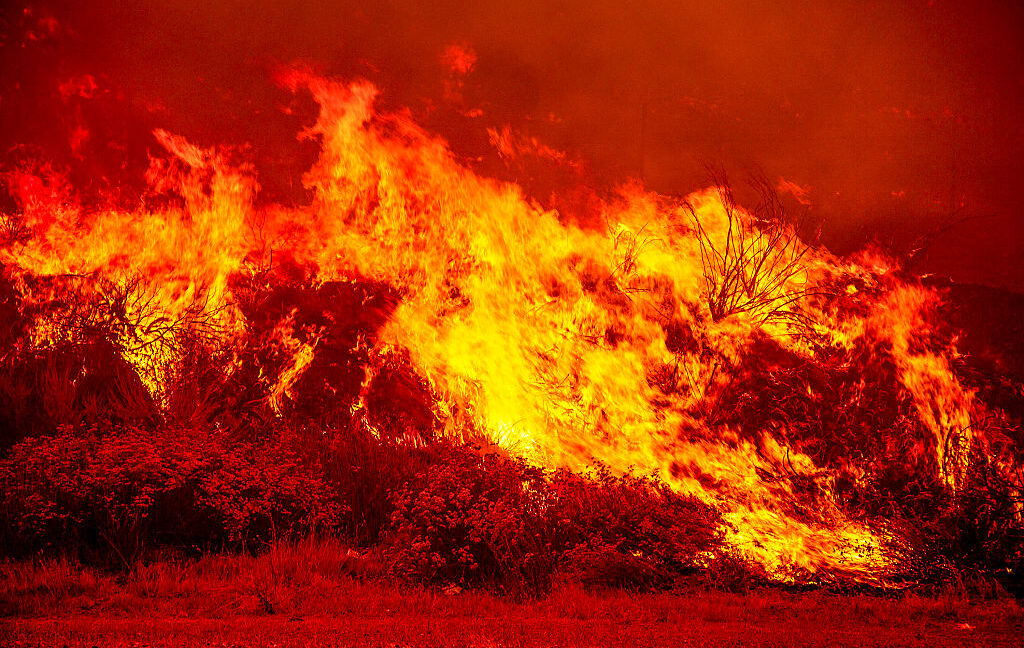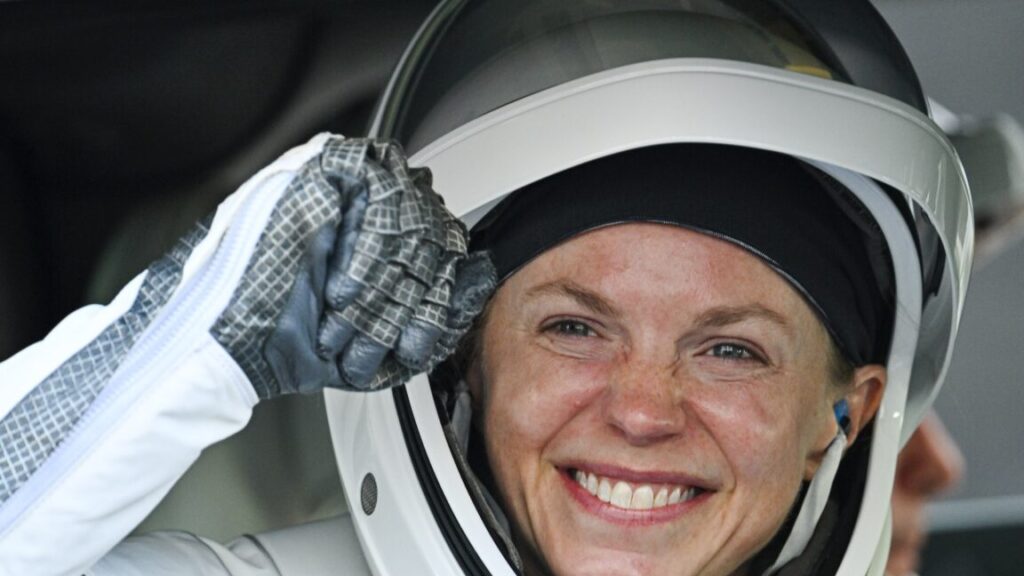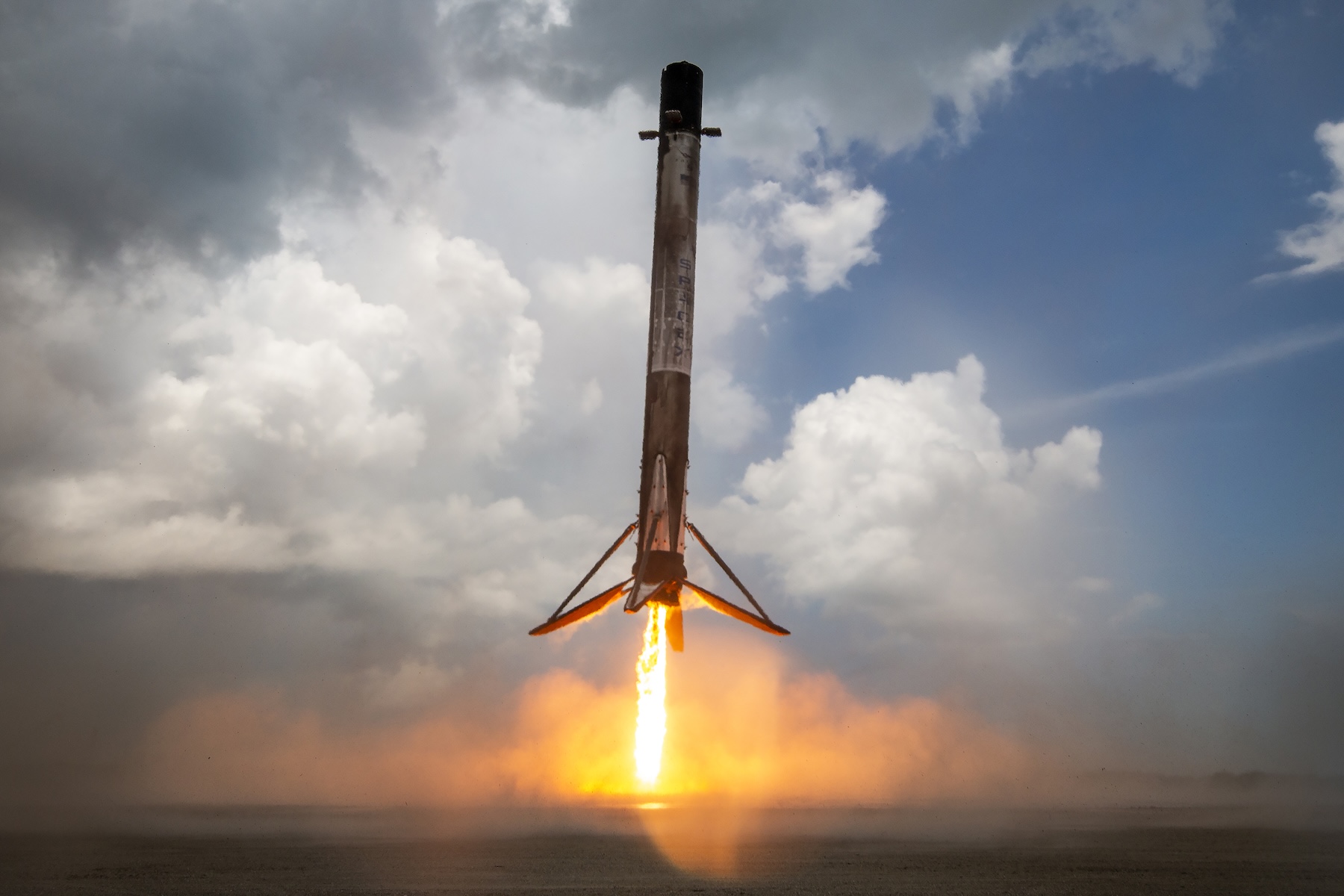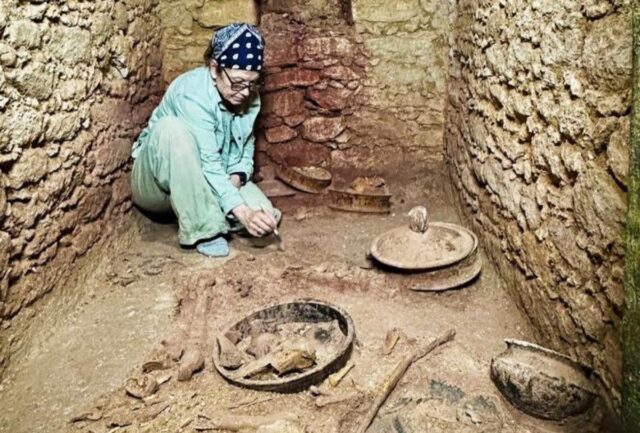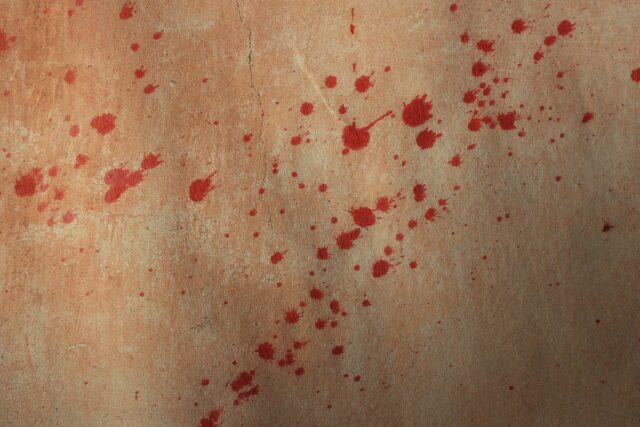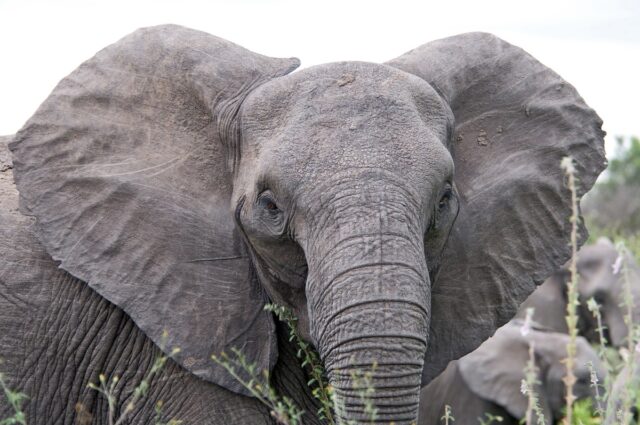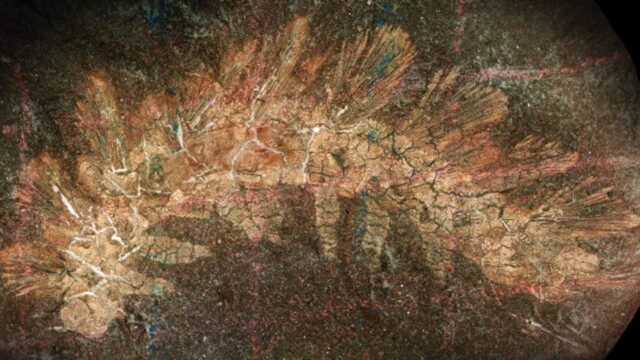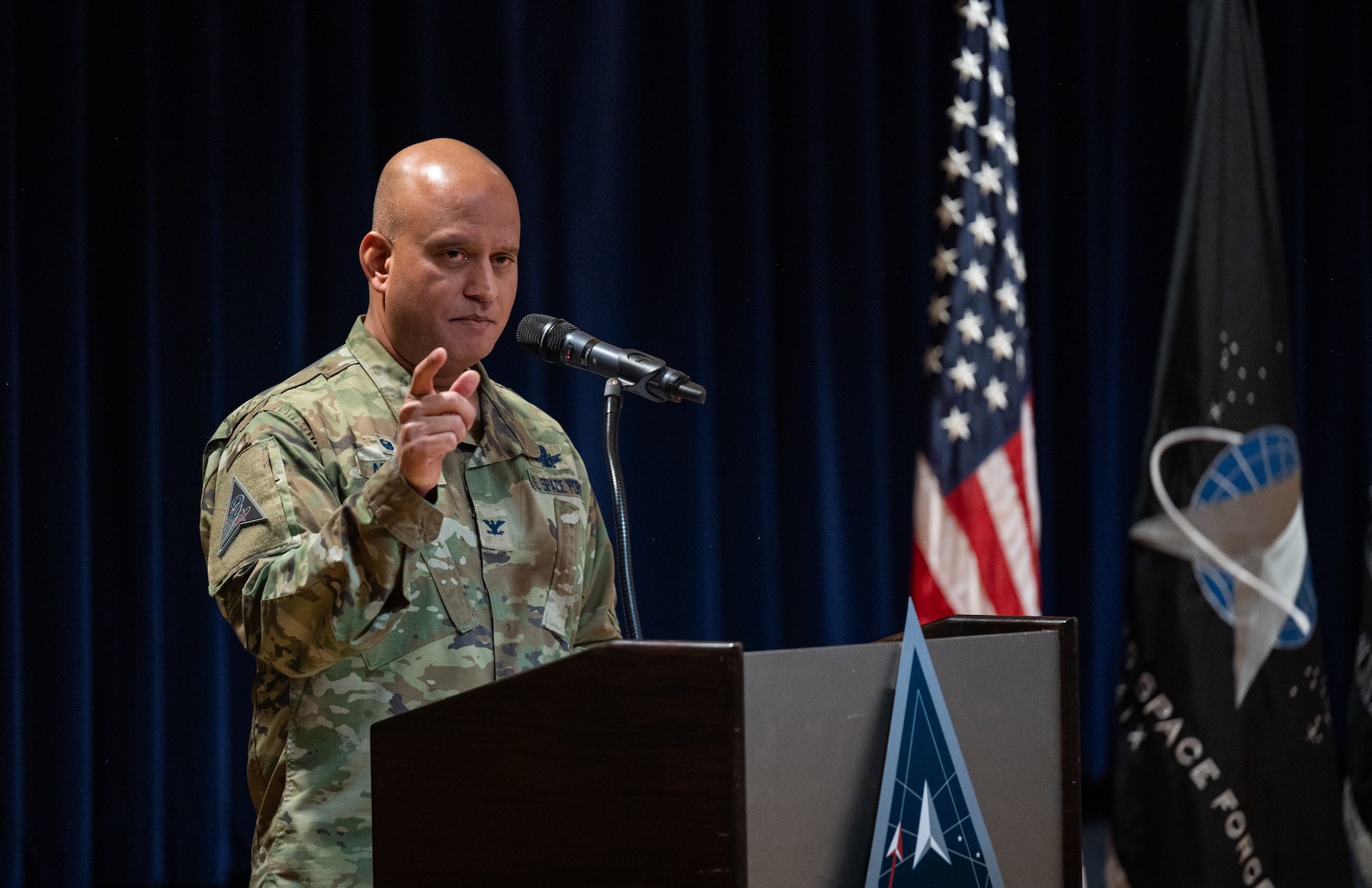National Academies to fast-track a new climate assessment
The nation’s premier group of scientific advisers announced Thursday that it will conduct an independent, fast-track review of the latest climate science. It will do so with an eye to weighing in on the Trump administration’s planned repeal of the government’s 2009 determination that greenhouse gas emissions harm human health and the environment.
The move by the National Academies of Sciences, Engineering, and Medicine to self-fund the study is a departure from their typical practice of responding to requests by government agencies or Congress for advice. The Academies intend to publicly release it in September, in time to inform the Environmental Protection Agency’s decision on the so-called “endangerment finding,” they said in a prepared statement.
“It is critical that federal policymaking is informed by the best available scientific evidence,” said Marcia McNutt, president of the National Academy of Sciences. “Decades of climate research and data have yielded expanded understanding of how greenhouse gases affect the climate. We are undertaking this fresh examination of the latest climate science in order to provide the most up-to-date assessment to policymakers and the public.”
The Academies are private, nonprofit institutions that operate under an 1863 congressional charter, signed by President Abraham Lincoln, directing them to provide independent, objective analysis and advice to inform public policy decisions.
The Trump administration’s move to rescind the endangerment finding, announced last month, would eliminate the legal underpinning of the most important actions the federal government has taken on climate change—regulation of carbon pollution from motor vehicles and power plants under the Clean Air Act. Since assuming his role, EPA Administrator Lee Zeldin has made clear he intends to repeal the climate rules that were put in place under the Biden administration, but his job will be far easier with the elimination of the endangerment finding.
The EPA based its proposal mainly on a narrow interpretation of the agency’s legal authority, but the agency also cited uncertainties in the science, pointing to a report published the same day by the Department of Energy that was authored by a hand-picked quintet of well-known skeptics of the mainstream consensus on climate change. The administration has given a short window of opportunity—30 days—for the public to respond to its endangerment finding proposal and to the DOE report on climate science.
The EPA did not immediately respond to a request for comment on the announcement by the National Academies. Critics of the Trump administration’s approach applauded the decision by the scientific panel.
“I think the National Academies have identified a very fundamental need that is not being met, which is the need for independent, disinterested expert advice on what the science is telling us,” said Bob Sussman, who served as deputy administrator of the EPA in the Clinton administration and was a senior adviser in the agency during the Obama administration.
Earlier Thursday, before the National Academies announcement, Sussman posted a blog at the Environmental Law Institute website calling for a “blue-ribbon review” of the science around the endangerment finding. Sussman noted the review of the state of climate science that the National Academies conducted in 2001 at the request of President George W. Bush’s administration. Since then, the Academies have conducted numerous studies on aspects of climate change, including the development of a “climate-ready workforce,” how to power AI sustainably, and emerging technologies for removing carbon from the atmosphere, for example.
The National Academies announced in 2023 that they were developing a rapid response capacity to address the many emerging scientific policy issues the nation was facing. The first project they worked on was an assessment of the state of science around diagnostics for avian influenza.
Andrew Dessler, director of the Texas Center for Extreme Weather at Texas A&M University, said the new controversy that the Trump administration had stirred around climate science was a fitting subject for a fast-track effort by the National Academies.
“The National Academies [were] established exactly to do things like this—to answer questions of scientific importance for the government,” he said. “This is what the DOE should have done all along, rather than hire five people who represent a tiny minority of the scientific community and have views that virtually nobody else agrees with.”
Dessler is leading an effort to coordinate a response from the scientific community to the DOE report, which would also be submitted to the EPA. He said that he had heard from about 70 academics eager to participate after putting out a call on the social media network Bluesky. He said that work will continue because it seems to have a slightly different focus than the National Academies’ announced review, which does not mention the DOE report but talks about focusing on the scientific evidence on the harms of greenhouse gas emissions that has emerged since 2009, the year the endangerment finding was adopted by the EPA.
This story originally appeared on Inside Climate News.
National Academies to fast-track a new climate assessment Read More »

